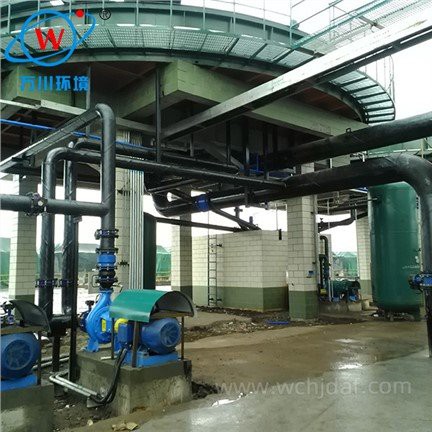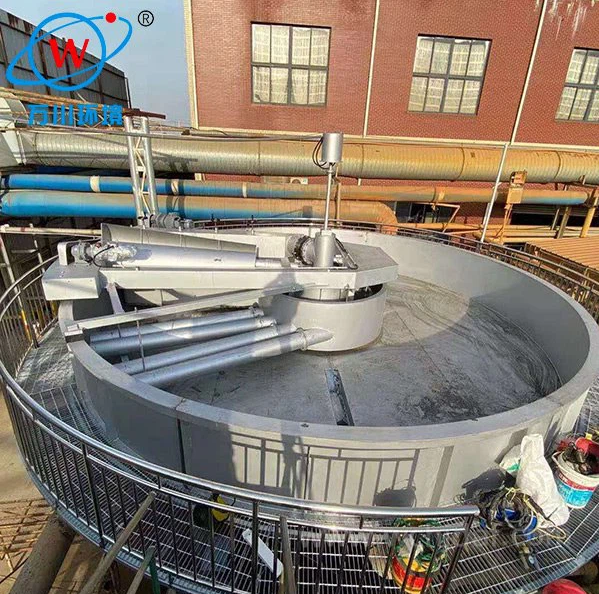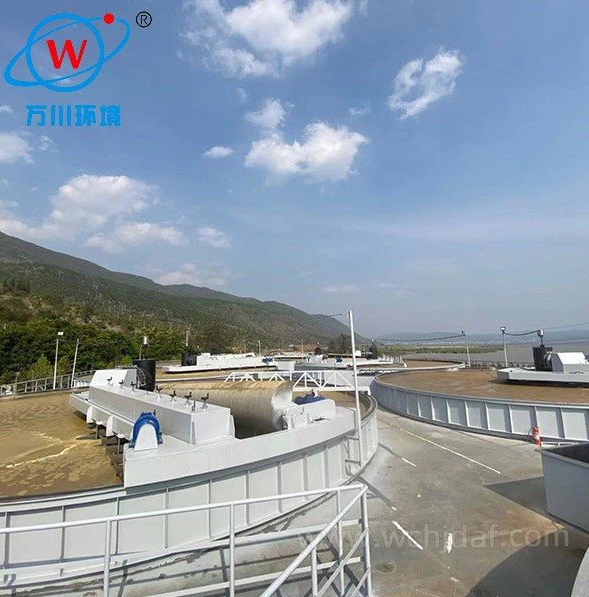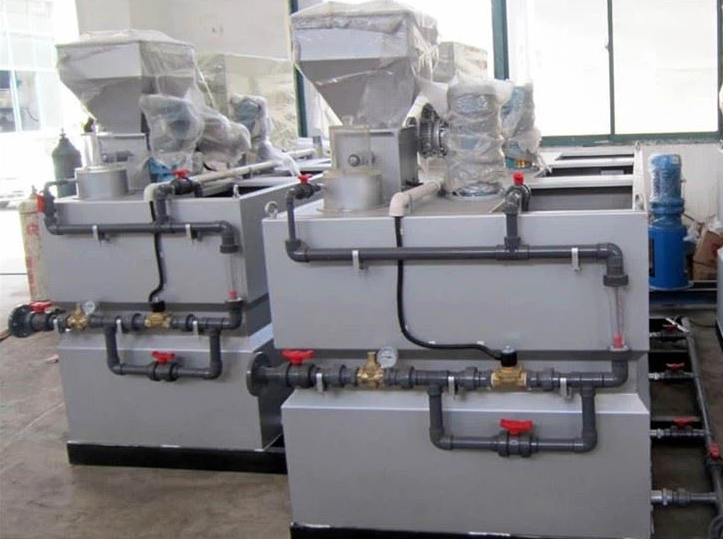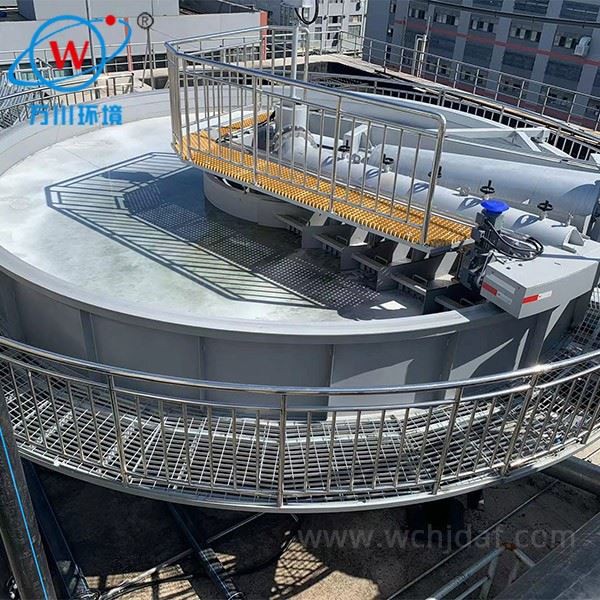High - Efficiency Separation
DAF flotation equipment excels in high - efficiency separation. By introducing air into water and releasing it as tiny bubbles, these bubbles can attach to suspended particles with great ease. This process significantly reduces the settling time of particles. For instance, in wastewater treatment plants, it can rapidly separate fine - grained suspended solids, oil droplets, and algae from water. The buoyant force of the bubbles quickly lifts the attached contaminants to the water surface, achieving a high - quality separation in a short period, which is much faster than traditional sedimentation methods.
Strong Adaptability
It demonstrates remarkable adaptability. DAF flotation equipment can handle various types of wastewater, regardless of whether it contains hard - to - settle fine particles, low - density pollutants, or high - concentration oils. In industrial settings, such as in the food and beverage industry where wastewater may contain a complex mixture of organic matter and fats, or in the textile industry with fine fiber - laden wastewater, DAF equipment can effectively treat these effluents, ensuring compliance with environmental regulations.
Compact Footprint
One of its distinct advantages is the compact footprint. Compared to traditional sedimentation tanks, DAF flotation equipment requires much less space for the same volume of water treatment. This is particularly beneficial for urban areas or facilities with limited land resources. The smaller footprint not only reduces construction costs but also allows for easier integration into existing treatment plants, minimizing the need for extensive site expansion.
Simple Operation
The operation of DAF flotation equipment is straightforward. Key operating parameters like dissolved air pressure, air flow rate, and chemical dosing can be easily adjusted. Operators can quickly master the operation and maintenance procedures after basic training. This simplicity ensures stable equipment operation and reduces the need for highly skilled personnel, thus lowering labor costs associated with equipment management.
Low Sludge Production

